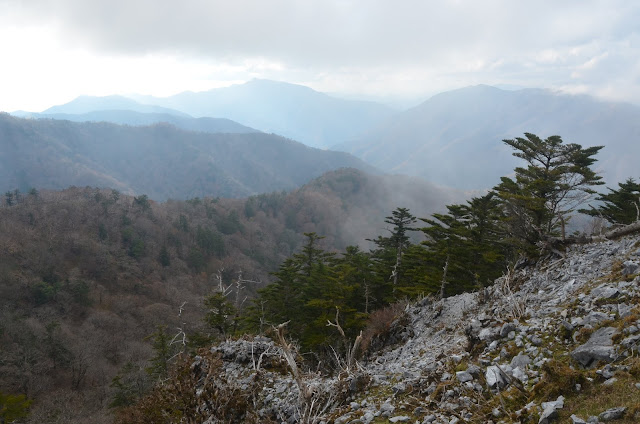 |
| Izakaya in Asakusabashi, Tokyo |
 |
| Asakusa, Tokyo |
 |
| Sensō-ji (金龍山浅草寺 Kinryū-zan Sensō-ji) |
 |
| Kaminarimon, Sensō-ji (金龍山浅草寺 Kinryū-zan Sensō-ji) |
 |
| Kaminarimon, Sensō-ji (金龍山浅草寺 Kinryū-zan Sensō-ji) |
 |
| Kaminarimon, Sensō-ji (金龍山浅草寺 Kinryū-zan Sensō-ji) |
 |
| Nakamise-dōri (仲見世通り) |
 |
| Nakamise-dōri (仲見世通り) |
 |
| Sensō-ji (金龍山浅草寺 Kinryū-zan Sensō-ji) |
 |
| Sensō-ji (金龍山浅草寺 Kinryū-zan Sensō-ji) |
 |
| Sensō-ji (金龍山浅草寺 Kinryū-zan Sensō-ji) |
 |
| Sensō-ji (金龍山浅草寺 Kinryū-zan Sensō-ji) |
 |
| Sensō-ji (金龍山浅草寺 Kinryū-zan Sensō-ji) |
 |
| Sensō-ji (金龍山浅草寺 Kinryū-zan Sensō-ji) |
 |
| Sensō-ji (金龍山浅草寺 Kinryū-zan Sensō-ji) |
 |
| Sensō-ji (金龍山浅草寺 Kinryū-zan Sensō-ji) |
 |
| Sensō-ji (金龍山浅草寺 Kinryū-zan Sensō-ji) |
 |
| Sensō-ji (金龍山浅草寺 Kinryū-zan Sensō-ji) |
 |
| Sensō-ji (金龍山浅草寺 Kinryū-zan Sensō-ji) |
 |
| Sensō-ji (金龍山浅草寺 Kinryū-zan Sensō-ji) |
 |
| Sensō-ji (金龍山浅草寺 Kinryū-zan Sensō-ji) |
 |
| Akihabara, Japan |
 |
| Akihabara, Japan |
 |
| Akihabara, Japan |
 |
| Akihabara, Japan |
 |
| Akihabara, Japan |
























































